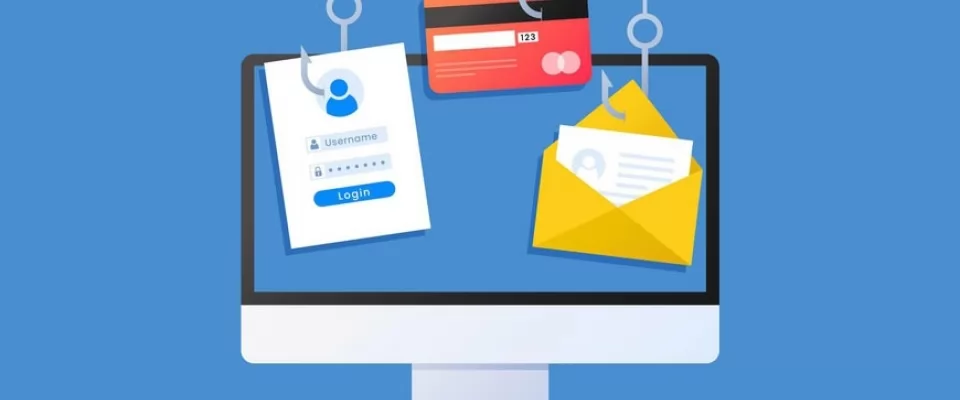No one is safe from Pishing attacks, especially bank Phising. Large and small companies in all industries are being attacked repeatedly. Phishing is so popular with cybercriminals because it provides them with access to the most vulnerable part of any network: the end users. Bank Phishing is increasingly being used to facilitate access by criminal organizations to the financial resources of individuals and businesses.
Bank Phishing by email: the main risk to your pocket
Phishing refers to fraudulent emails that trick recipients into sharing their personal, financial or security information.
Cybercriminals assume that people are busy so they will not detect the fraudulent mail and fall into the trap. This risk is especially difficult to detect from a mobile phone.
Modus operandi: how cyber criminals act in email phishing attacks.
- Bank Phishing by email always has the following characteristics:
- The emails may appear identical to the type of correspondence sent by real banks.
- They copy the logos, design and style of the real emails.
- They use language that conveys a sense of importance and urgency.
- They ask you to download an attachment or click on the link.
Preventive advice against bank phishing by email
It is important to internalize the following tips in order to apply them permanently, whether we are in front of the computer, tablet or smartphone:
- Keep your applications updated (browser, antivirus and operating system)
- Be suspicious if an email from your bank asks you for confidential information.
- Check the email carefully: compare the sender of the email with your bank's usual sender. If there are differences or errors, be suspicious.
- Never reply to a suspicious email, you will give them information that they can use against you.
- Forward the suspicious email to your bank with your real address or call them to verify the authenticity.
- Don't forward the email to people around you, as they could trust it and fall into the trap.
- Do not click on the link or download the attachment.
- Translated with www.DeepL.com/Translator (free version)

